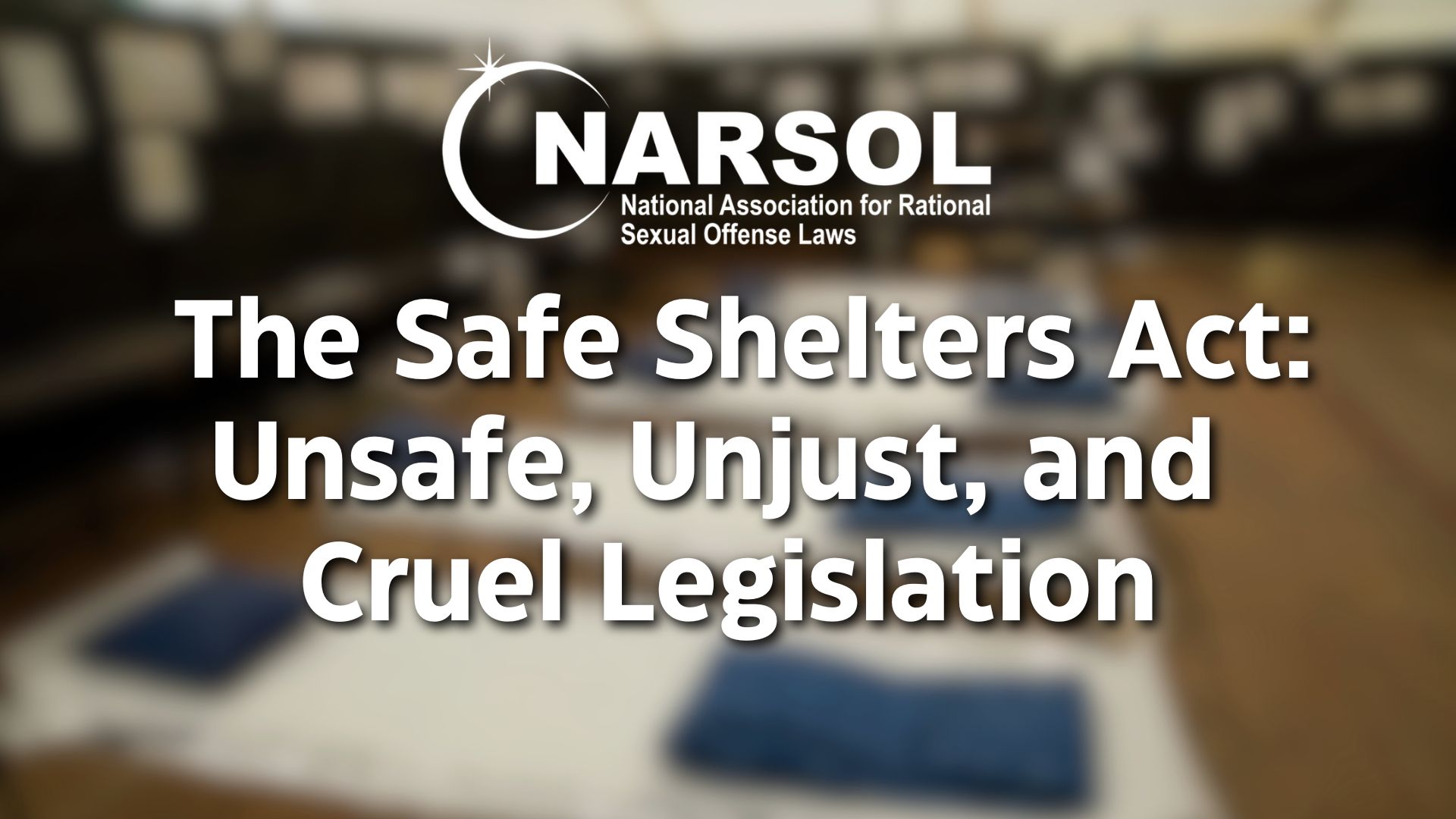NARSOL’s Texas affiliate quoted in residency restrictions issue
By Warren Brown . . . Kyle City Council will consider passing a new ordinance which would restrict where some individuals on the Texas sex offender registry can reside, regardless of whether or not the offender is on probation or parole.
The ordinance, brought to council by Kyle Police Chief Jeff Barnett, specifically targets offenders convicted of crimes involving minors. Of the city’s 67 residents on the registry, nine were convicted of minor-related crimes. Kyle does not have the most sex offenders in the region—New Braunfels has 106—but its ratio to normal residents is greater than many neighboring cities. According to KPD data, there is one registered sex offender for every 843 residents. “We’re really focused on creating what’s identified in the ordinance as child safety zone areas, where families can reside or families can enjoy the parks and other amenities in our community and feel safe,” Barnett said.
A KPD memo attached to the ordinance said offenders are extremely likely to use physical violence and to repeat offenses.
The same memo quotes a report published by the United States’ Office of Sex Offender Sentencing, Monitoring, Apprehending, Registering, and Tracking (SMART), which states 44.3% of child molesters with more than one prior arrest reoffend.
However, the same SMART report also noted “the long-term recidivism rate for child molesters categorized as low risk was less than 20 percent.”
Mary Sue Molnar, chair of nonprofit advocacy group Texas Voices, said the registry is ineffective and hurts community safety. She said residency restrictions such as Kyle’s proposed ordinance are increasingly common, but create their own issues. “It’s displacing a lot of people—people that can really reintegrate and reenter society in a good way,” Molnar said. “We’re just shutting doors on them, just shutting every door we can, which seems like the opposite of what we should be doing.”
Among the key findings in the Department of Justice’s report, “Sex Offender Residency Restrictions: How Mapping Can Inform Policy,” residency restrictions were found to make it difficult or impossible for sex offenders to find housing.
The report states this can lead to sex offenders becoming homeless, which then leads to them becoming more difficult to track and monitor.
The National Institute of Justice also states, “while these laws are popular, there has been very little evidence of their effectiveness in reducing crime.”


